Village Focus: Muker in The Yorkshire Dales maintains traditions and heritage in the face of modern life
On the face of it and first impressions, Muker – nestled in Swaledale which is one of the most remote of The Yorkshire Dales National Park – may seem almost like a model collection of traditional stone cottages, set out in a museum type display of what life was like in the 18 and 19 centuries.
At any one time you could easily pass through and not see another person – the same is certainly true of its neighbour Keld a couple of miles back towards The Pennine Way – but delve deeper into Muker and what it has to offer and you will be pleasantly surprised.
Advertisement
Hide AdAdvertisement
Hide AdWhile the start of the settlement of the Muker we know now can be traced back to the Norse period, the village name was derived from Mjor-aker which means ‘the narrow acre’, it is likely there was a settlement before this as various sources refer to a skeleton from the Bronze Age being found on Muker Common early in the 20th Century.
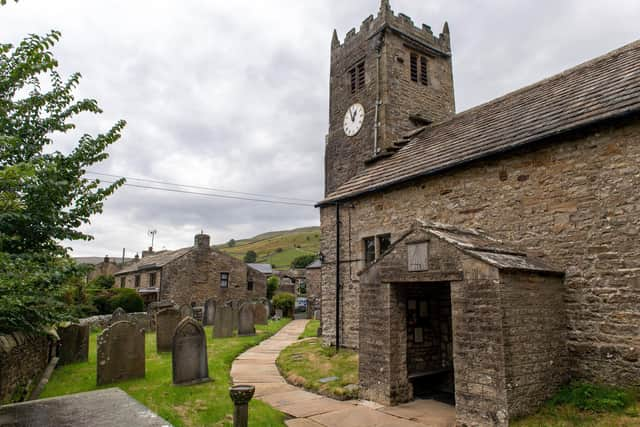

It was discovered with flints hence the connection to the Bronze Age as it is said to be the period in which humans started working with metal.
The beck, the River Swale and the vast miles of fields and meadows created a perfect pitch for farming and so it is easy to see why that would have become the main livelihood and way of life.
Dotted around within the rows of drystone walls, made up of many more thousands of stones than you could imagine, you will see barns here and there. They date back to the late 18th and 19th century when there were more cattle and farms were much smaller often with only one field.
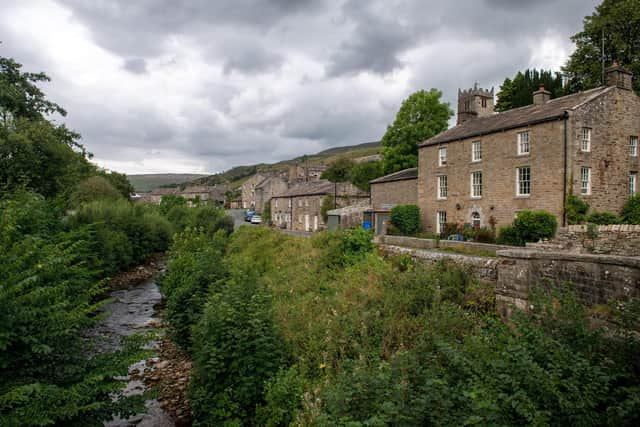

Advertisement
Hide AdAdvertisement
Hide AdMuker Hall and Literary Institure, of which we will revisit, tells how many households in Muker would have had at least one field and a cow.
The animal would provide their milk for every day use and extra for making butter and cheese.
It is said that many of the houses still have stone shelves originally used for storing the cheese.
There are also a few other tales from this time – which may or may not be as proveable – but have made their mark in local memory.
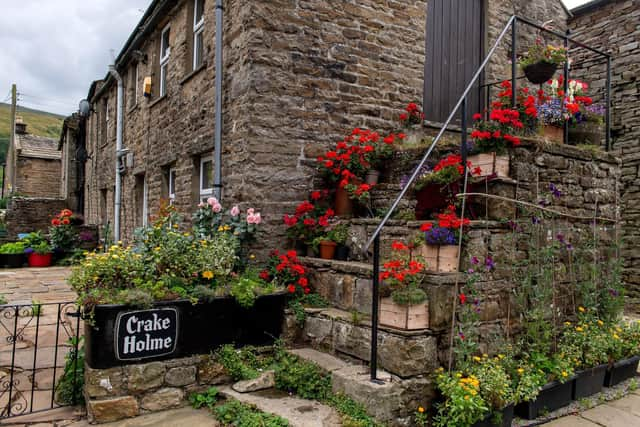

Advertisement
Hide AdAdvertisement
Hide AdWill Swales recalls them on his history website which is well worth a winter afternoon’s reading.
It reads: “Between Muker and Keld, on the north-east side of Kisdon Hill, is an area known as Hartlakes where a ruined farmhouse stands. It was the scene of a dreadful haunting, the story of which was among the papers of a York-based local historian Thomas Parsons Cooper (1863-1937).
“In the pastures stand Bogle House, a roughly stone-built place, too desolate in its appearance and general situation to be tenanted by a reasonable being.
“It seems that one John Alton, always known as Snapper John, was the last tenant at Bogle House. One day when he and his wife were away at Muker market, one of their children set her clothes on fire, from the effects of which she died. The event is recorded in the parish registers. “The men of the upper dale assure you most gravely that the unfortunate girl leaped in her agony from floor to ceiling, and that marks of her head are visible on the ceiling to this day.
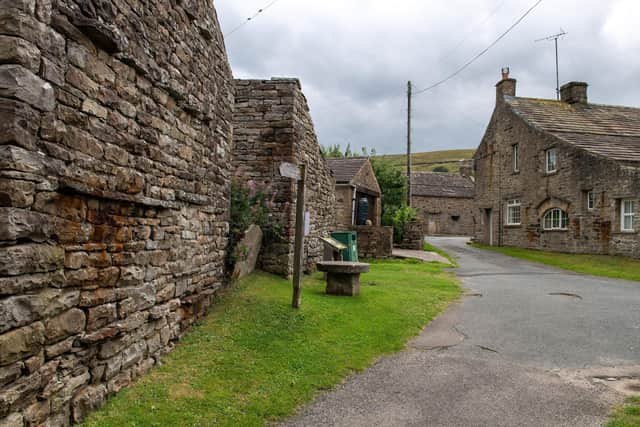

Advertisement
Hide AdAdvertisement
Hide Ad“Snapper John and his family remained in the house until they could no longer stand the moans and ‘fleyings’ by night, which resembled the familiar voice of their lost child, and which were at times accompanied by the sound of a bag of clog-soles being rattled by the ghostly visitant under the stone stairs.
“When Snapper John left for more peaceful surroundings, the dales people called the place Bogle House, and knowing its terrors have ever since carefully avoided it after sundown.”
Like most places in time, farming has become more specialised and today the village of Muker has only one full-time farmer compared to eight in the 1950s.
That does nothing to hamper the tradition that is Muker Show, taking place annually in September. The one just gone was the 115th show and was an impressive show of sheep (Swaledales leading the way obviously), tractors, sheepdogs, dry stone walling, rope making, produce, arts, horticulture and crafts, a band and a fell race.
Advertisement
Hide AdAdvertisement
Hide AdMuker Show’s website says, “Run by volunteers, nothing fancy, just good old community spirit.”
The show, and its modest biography of itself couldn’t be a better insight and snapshot into local life in the village that has a population of maybe 250 people according to North Yorkshire County Council.
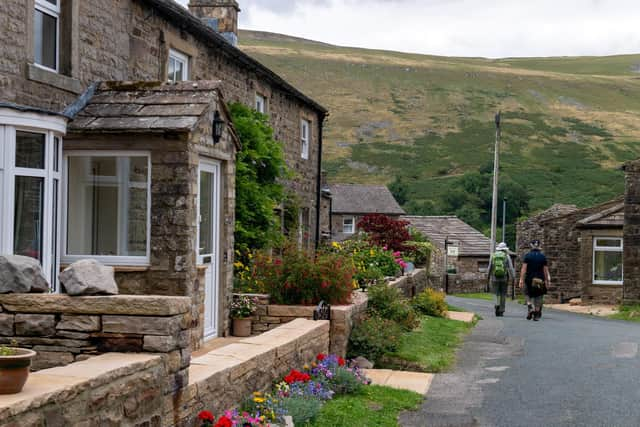

Locals will tell you the number of permanent inhabitants is likely to be around 200 less people than that but, 250 or 50 – they are well served with a pub, The Farmer’s Arms, Muker Shop and Tea Shop, Swaledale Woollens founded more than 30 years ago by villagers reviving the old cottage industry of knitting, The Old School Art Gallery and St Mary’s Church.
There are two public spaces that are a hub for village folk and a focal point. They are Muker Public Hall and Muker Literary Institute which for years have operated as separate ventures but more recently have amalgamated to benefit from a combined group of trustees and there is now a combined charity organisation known collectively as the Muker Public Hall and Literary Institute.
Advertisement
Hide AdAdvertisement
Hide AdThe Institute was built in the 1860s by public subscription at a cost of £257 2s 7d, to provide a venue for men to meet. Women weren’t prohibited but they just didn’t go. The Institute says that it wasn’t the only local one as many Swaledale villages had institutes built to provide adult education.
Muker Hall was built in 1922, had a major refurbishment in 1997 and has an ongoing development programme but is used for events, weddings and concerts.
As the crow flies, Muker is not that far away from Yorkshire’s most famous farming family, Amanda and Clive Owen who have appeared on several series of Our Yorkshire Farm over at Ravenseat and the famous Tan Hill Inn which does the best of lock-ins.
If you fancied a little bit of Muker village life for yourself though, it could be hard to come by. Just two properties are listed for sale – one being the local pub mind, and as darkness and winter rolls down over those grand, imposing hills there could be worse places to be.

